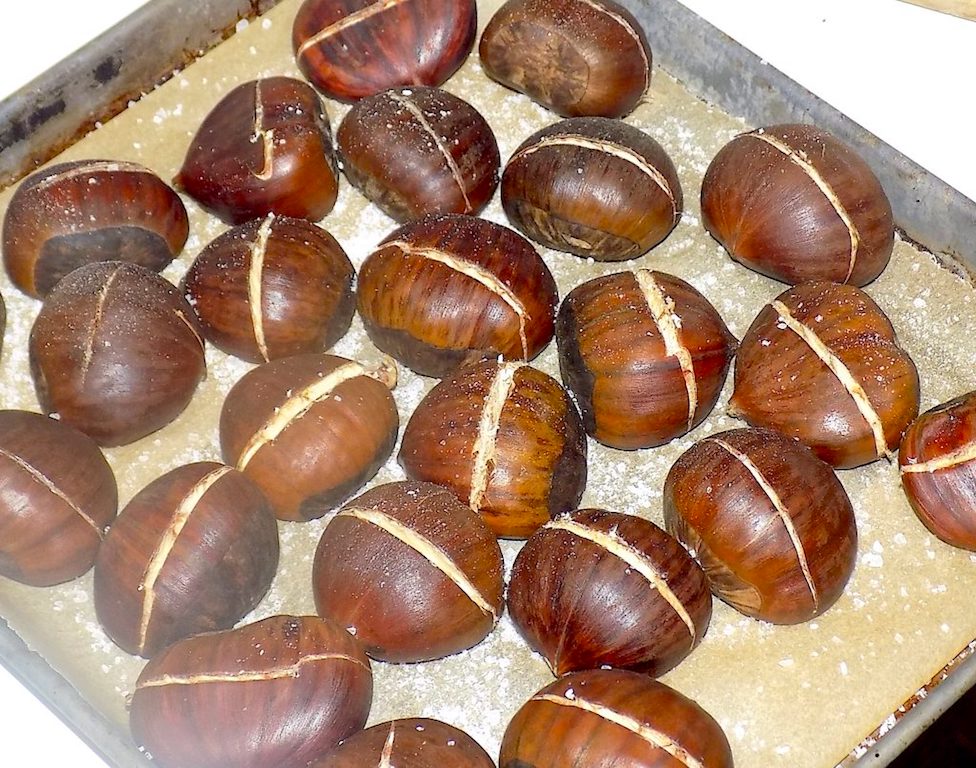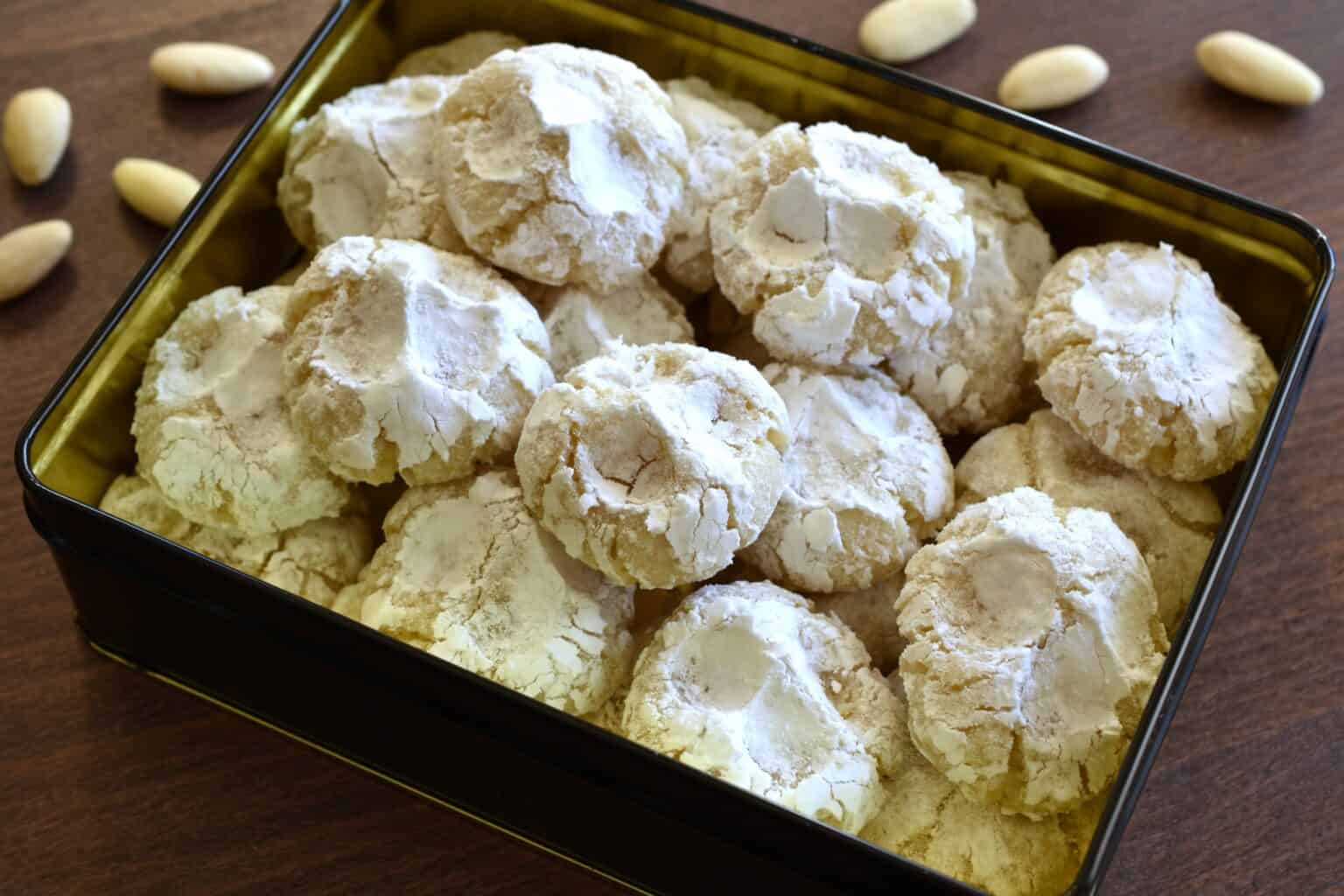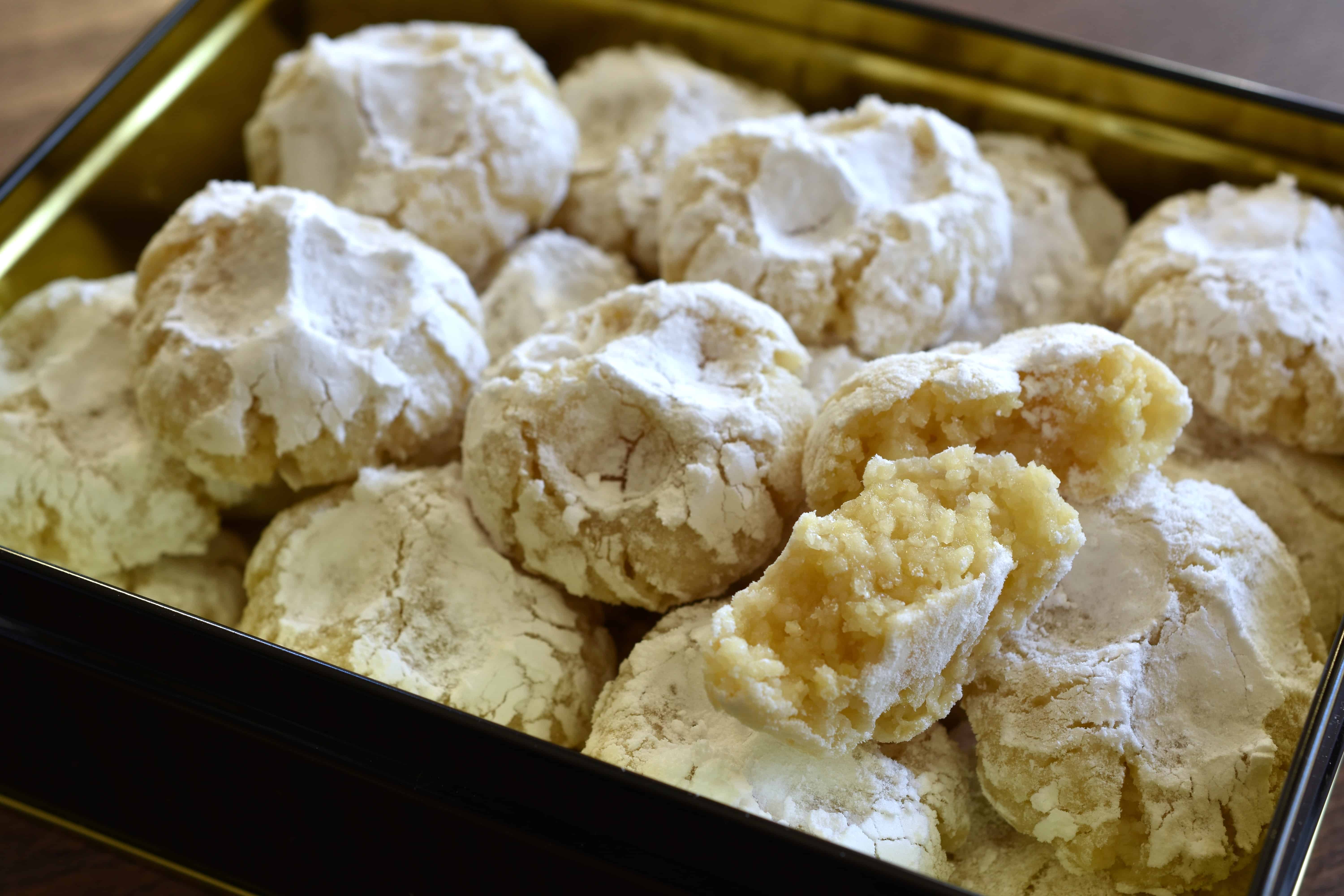It's the quintessentially Christmas image: chestnuts roasting on an open fire or, for most modern cooks, in the oven. Just visualizing it calls to mind the earthy aroma, something commonly encountered on the streets of Palermo this time of year. There, le caldarroste are served as street food dusted in snowy white salt in paper-wrapped cones.
Pennsylvania-based blogger Anna Maria Lucchese has fond memories of Sicily's roasted chestnuts and shared her experience in a post on her blog, Solo Dolce.
Born and raised in Sicily, Anna Maria studied biology at university and earned her doctorate in genetics and oncology in Italy. For study-related reasons, she and her husband moved to the United States. They intended to stay for a short time, but that didn't happen. Today, both work in Philadelphia in the field of research, and in Anna Maria's free time, she dedicates herself to her blog, where she explores Italian cuisine in depth.
Anna Maria recently shared her experience with roasted chestnuts and tips for recreating the flavor at home.
What makes roasted chestnuts a popular street food in Sicily?
Chestnuts are a seasonal delight because they are harvested in the fall. They are available throughout the cooler months, so they are ideal, especially during Christmas. Roasted chestnuts are a common treat at family get-togethers and regional celebrations, bringing back fond memories of childhood for many Sicilians.
How are roasted chestnuts traditionally prepared and served by vendors in Palermo?
The roasted chestnut vendors in Palermo are truly unique. They create a captivating scene, surrounded by fragrant smoke rising from a metal cylinder. Inside, glowing embers rest at the bottom, with chestnuts placed on top. As the chestnuts roast, they're often sprinkled with salt, which interacts with the heat to create a fine, white powder that resembles powdered sugar. This visual and sensory experience draws in passersby, inviting them to indulge in this traditional winter snack. The vendors' lively presence and the warm aroma of roasting chestnuts evoke a sense of nostalgia and community, making them a beloved part of Palermo's winter streets.
What memories do you associate with roasted chestnuts during the Christmas season in Sicily?
My memories take me back to my time in Sicily, in my hometown, during the winter holidays. I remember walking along the Corso, the main street of the town, with friends. We would stop by the vendors to buy warm, roasted chestnuts, which became our delicious snacks as we strolled. The warmth of the chestnuts in our hands and the comforting aroma filled the air, creating a sense of joy and togetherness. Each bite was a reminder of the simple pleasures of winter, and those moments spent with friends made the season truly special.
What are some tips for preparing roasted chestnuts at home?
Buy chestnuts (Look for fresh, shiny chestnuts that are firm to the touch. Avoid any with blemishes or holes) in the supermarket, cut them, sprinkle them with salt, and bake them at 450 degrees Fahrenheit for 30 to 40 minutes. Or if you have a chestnut pan (or a heavy skillet with holes), you can roast them on the stovetop over medium heat, shaking occasionally, for about 15 to 20 minutes.
Photo by Solo Dolce's Anna Maria Lucchese
What do you hope readers will take away from this recipe and your blog?
I hope readers will take away a deeper appreciation for the simple pleasures of cooking and enjoying traditional foods like roasted chestnuts. My blog aims to celebrate the rich culinary heritage of Italy, sharing not just recipes but also the stories and memories associated with them.
>>Get Anna Maria's le caldarroste recipe here!<<
If you enjoyed this article, consider subscribing to my newsletter for more content and updates!




